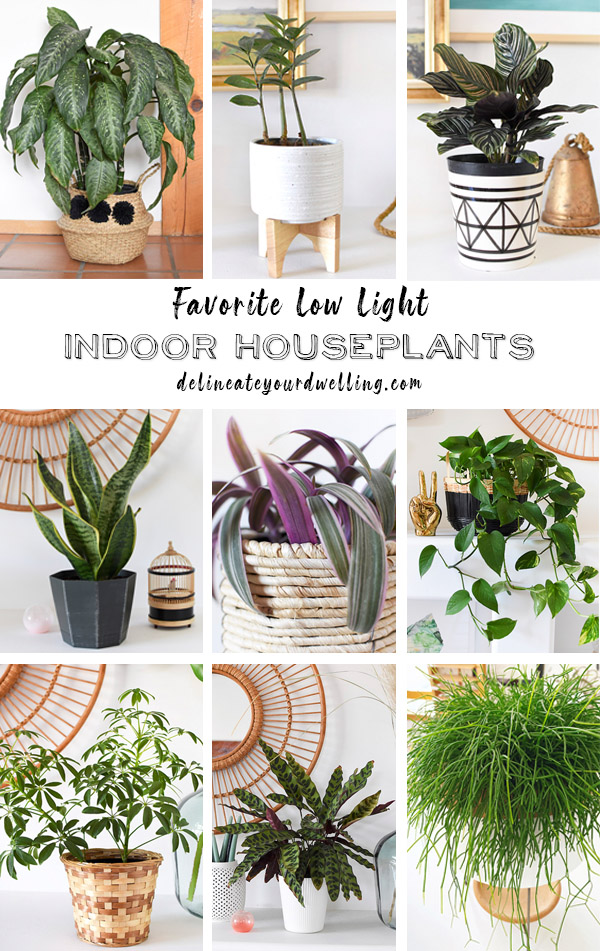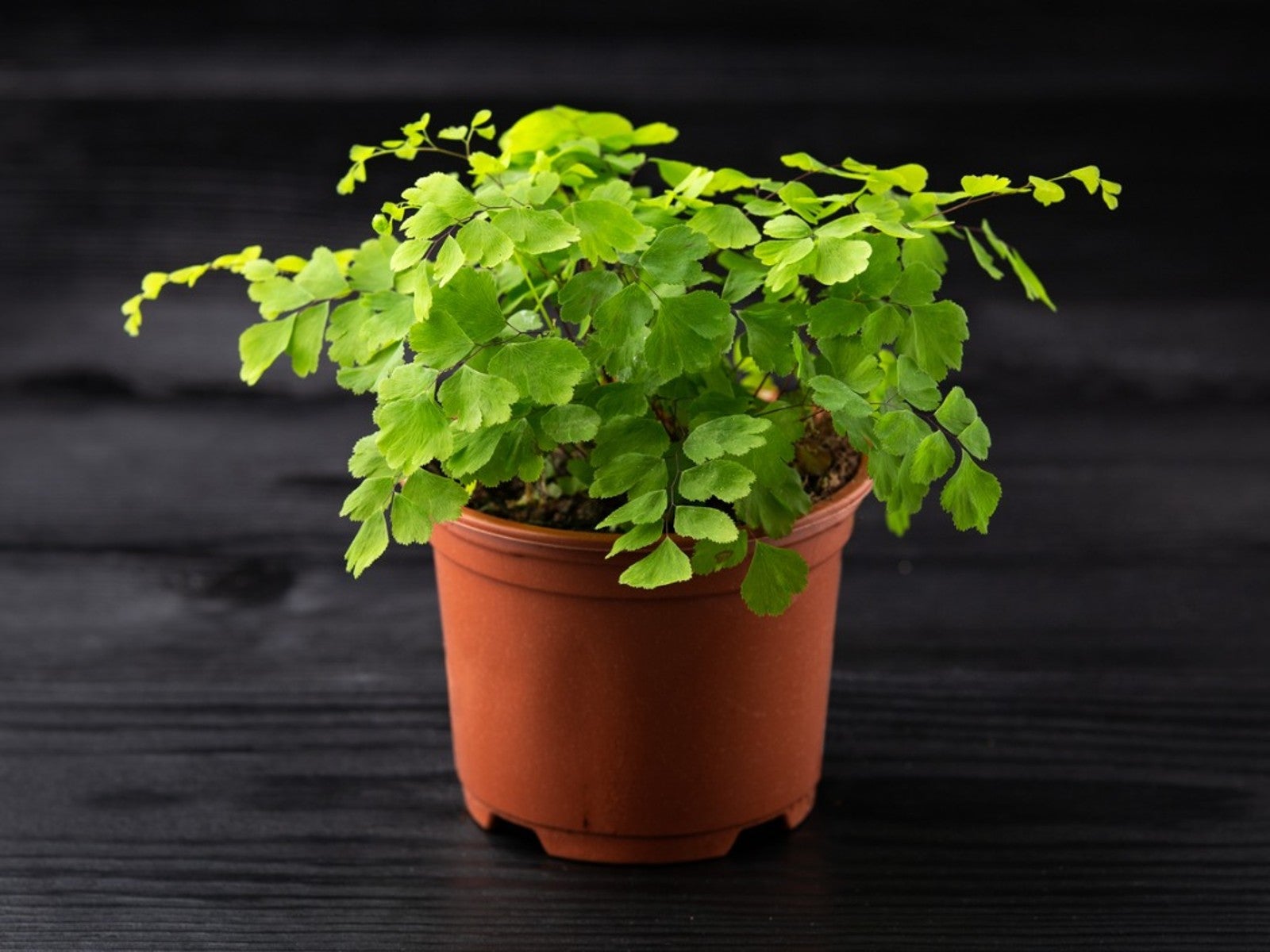Discover the Distinct Benefits of Low-Light Indoor Plants for Your Living Area
Including low-light indoor plants into your space supplies a multitude of benefits that prolong much past plain aesthetic appeals. These durable plants not just flourish in environments with restricted sunlight however likewise offer crucial functions such as air purification and humidity enhancement. Moreover, they can favorably affect your state of mind and general health while calling for marginal upkeep. As you think about the transformative capacity of these plants, it becomes vital to check out exactly how their distinct attributes can tailor your environment to better serve your way of living. What specific benefits might reverberate most with your individual area?
Air Purification Advantages
Low-light indoor plants not just improve the aesthetic allure of living areas but additionally play a considerable role in air filtration. Research study has shown that certain plant varieties can successfully remove usual indoor toxins, including formaldehyde, trichloroethylene, and benzene. These substances typically rise from home things such as furniture, cleansing items, and building materials, adding to indoor air high quality concerns.
Plants such as the snake plant, pothos, and tranquility lily are particularly proficient at filtering system hazardous materials from the air while flourishing in low-light problems. The process of phytoremediation, in which plants take in and metabolize contaminants, enables these varieties to add substantially to a much healthier indoor atmosphere. In addition, through photosynthesis, plants release oxygen, better improving air quality.
Including low-light indoor plants right into office or home rooms not just offers visual advantages yet also acts as a sensible strategy for improving air quality. By choosing the right species, individuals can produce a setting that advertises health and lowers direct exposure to harmful pollutants, making these plants a vital component in modern-day interior living.

Mood Enhancement Effects
Numerous studies have revealed that including interior plants can substantially improve mood and overall emotional wellness. The existence of greenery in interior settings has been linked to reduced stress degrees, boosted feelings of calmness, and boosted emotional health. Low-light interior plants, in specific, thrive in settings where natural light is limited, making them best for different living rooms.
Research study indicates that connecting with plants can promote the release of serotonin, a natural chemical linked with feelings of joy and well-being. Furthermore, the act of taking care of plants fosters a feeling of obligation and achievement, further adding to positive mental wellness results. Furthermore, low-light plants such as snake plants, pothos, and tranquility lilies have been revealed to boost air high quality, which is inherently linked to state of mind improvement.
Integrating these plants right into your home or office can produce a calm atmosphere, using a aesthetic and sensory getaway from the pressure of daily life - Best low-light indoor plants. As individuals spend boosting quantities of time indoors, the mood-enhancing impacts of low-light interior plants come to be a lot more important, supplying not just aesthetic appeal however likewise an extensive influence on emotional wellness
Reduced Upkeep Needs
For those seeking to improve their interior rooms without a considerable time commitment, low-light indoor plants are an ideal choice because of their low maintenance demands. These durable plants grow in less-than-ideal lights problems, making them perfect for homes and offices where natural sunlight is limited.

Pest resistance is another advantage of low-light interior plants. Lots of ranges are less susceptible to common parasites, lowering the demand for consistent surveillance and intervention. These plants normally grow more gradually than their high-light counterparts, suggesting less frequent repotting and trimming are needed.
Aesthetic Charm and Versatility

In addition, these plants can be arranged in myriad ways, whether in teams for a rich effect or as standalone functions to attract the eye. The selections of planter designs-- from streamlined ceramic pots to rustic wood containers-- even more enhance their aesthetic worth, enabling house owners to reveal their personal design.
Additionally, low-light plants can be tactically placed in locations that may otherwise really feel ignored, such as corners or poorly lit racks, thus optimizing their attractive capacity. Inevitably, the mix of their striking appearance and convenience makes low-light interior plants a valuable enhancement to any type of home, developing an inviting ambience that promotes well-being and leisure.
Improved Moisture Degrees
Enhancing indoor moisture levels is just one of the considerable advantages of integrating low-light interior plants into living rooms. These plants naturally launch moisture vapor via a process recognized as transpiration, which happens when water soaked up by the roots relocates via the plant and evaporates from the fallen leaves. This process not just increases humidity yet also adds to a healthier indoor setting.
Improved moisture degrees can reduce numerous health problems, such as completely dry skin, respiratory issues, and allergic reactions. Numerous people experience pain in arid indoor conditions, specifically during cold weather when heating unit are in use. By tactically positioning low-light plants throughout your home, you can develop a more balanced humidity level that promotes total well-being.
Furthermore, certain low-light indoor plants, like peace lilies and spider plants, are specifically reliable at raising moisture (Best low-light indoor plants). Therefore, low-light indoor plants serve both useful and visual functions, promoting a much healthier ambience.
Final Thought
In summary, low-light indoor plants supply countless advantages that add to a healthier and extra welcoming living area. Their ability to detoxify the air, improve state of mind, and enhance humidity degrees highlights their value as efficient design components. Additionally, their low maintenance needs and visual flexibility make them ideal have a peek at this site for various atmospheres. Incorporating these durable plants right into indoor setups not just raises the setting but likewise advertises general health, establishing a relaxing sanctuary for citizens.
Plants such as the snake plant, pothos, and peace lily are especially skilled at filtering system damaging materials from the air while growing in low-light problems. Low-light plants such as snake plants, pothos, and peace lilies have been shown to improve air quality, which is fundamentally linked to mood enhancement.
Low-light indoor plants, such as snake plants, pothos, and ZZ plants, not only improve the visual landscape have a peek here of a space however likewise introduce different structures and shades of green that can match diverse interior styles. These plants naturally launch dampness vapor via a procedure recognized as transpiration, which happens when water taken in by the roots moves through the plant and evaporates from the fallen leaves.In addition, particular low-light interior plants, like tranquility lilies and spider plants, are particularly effective at increasing humidity.